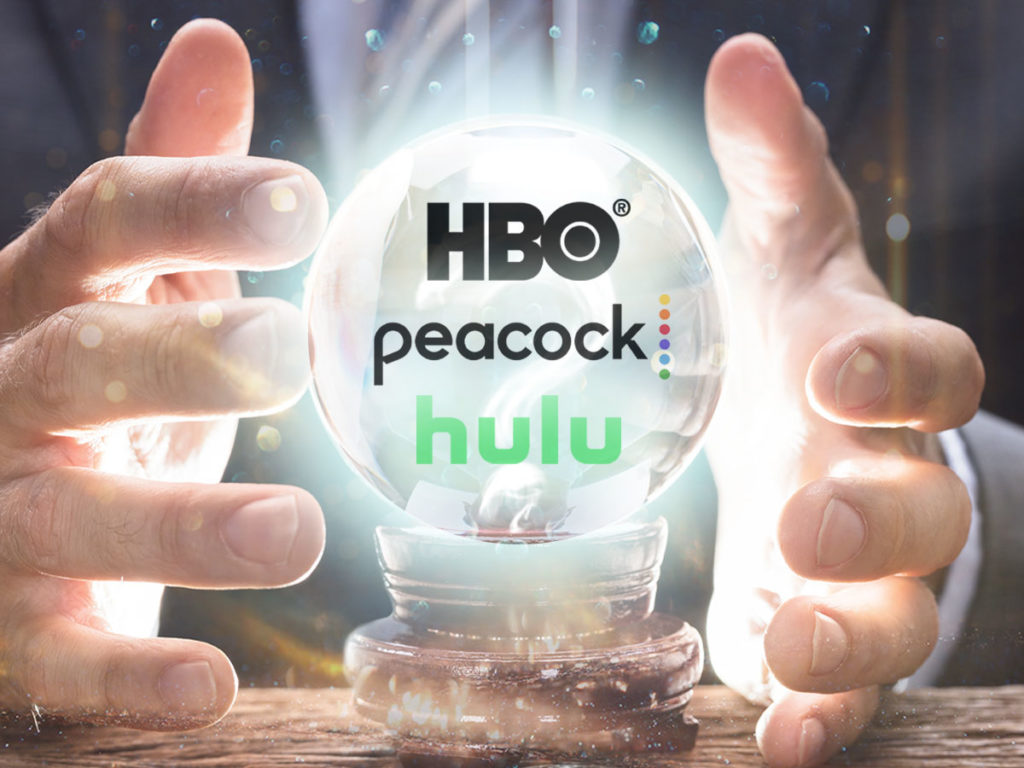Local TV Advertising Costs: 10 Factors to Consider
by Frankie Karrer
1 Min Read
What HBO’s embracing of ads means for the industry

1 Min Read
Late last week, HBO announced details surrounding an ad-tier version of their recent streaming service, HBO Max. Due to launch in June for $9.99 (a savings of $5 over the ad-free version), the new ad-tier model represents a shift in thinking for the previously advertisement-adverse entertainment company. While their model might look similar to what competitors Hulu, Peacock, and Paramount+ have done, HBO is promising that their ad-tier is different thanks to “the lightest ad load in the streaming industry.” With this new version of HBO Max, brands can sponsor content blocks and (soon) run pause ads or “branded discovery” spots that run in the menus.
HBO’s rebuff of its nearly 50-year history policy on advertisements is just the latest wrinkle in Connected TV and how ads fit in. Once thought of as a haven from advertisement, the biggest players in Connected TV have been challenging this notion with the latest wave of platforms. Are ads inevitable for streaming services? Or is this a fad that will die out as people continue to pay for ad-free options?
To predict the future, we must look to the past.
The first television commercial ran on July 1, 1941 on NBC. A 10-second spot for the Bulova Watch Manufacturing Company, the ad ran before a baseball game between the Brooklyn Dodgers and Philadelphia Phillies. This new form of advertisement – a natural evolution of the radio ad that capitalized on the recent rise in television sales – was an instant success. Overnight, the advertisement ignited a new craze for brands. To accommodate this new boom in television advertising, the American Association of Advertising Agencies was formed as a regulatory body to monitor commercials.
Over the years commercials on linear TV evolved across the networks at the same time. Time slots for advertisements increased, as well as the number of commercial breaks allowed. Today it is fairly uniform; a commercial that you see on NBC is typically no different than one you see on CBS. There is a universal language to how television commercials are delivered on broadcast television, and brands typically run the same ad across all channels.
Today, streaming services are at an inflection point. No longer run by two or three companies and seen as a supplement to linear television, the current landscape is home to hundreds of platforms – and a consumer base that is rapidly cutting the cord. Just as it took broadcast television time to find its footing with regards to advertisements, Connected TV is leaving its infancy and starting to think strategically about ad delivery.
We are only halfway through 2021 and the streaming wars have been heating up over the last few months. HBO announced a merger with Discovery that will challenge Netflix, Amazon has made a bid to acquire MGM for $8.4 billion, new platforms are frequently announced, and all of the streaming platforms are building their war chests and delivering multi-million-dollar budget experiences previously only seen in theaters. Once unfathomable moves are being made, like Amazon spending $450 million on just one season of a Lord of the Rings show, or prestigious talent delivering content exclusively for Connected TV ad platforms. The market has become fiercely competitive, fighting for the finite money and time of the average American consumer.
One way for a platform to differentiate itself in such a crowded market is to determine and communicate an approach to advertising. For instance, Netflix features no ads but can be a costly monthly bill. Hulu costs just a fraction of Netflix but runs ads with frequency. Consumers that use both understand that their experience will be different on each platform.
It’s telling that HBO has positioned its ad platform as something between Hulu and Netflix with regards to ad frequency. By communicating this approach, they are differentiating their service – and making advertising a very exciting prospect for brands, thanks to its exclusivity. The key will now be to see if the consumer responds – are the savings enough for the average viewer to take the plunge?
Once a sign of a lesser Connected TV experience, advertisements in 2021 are becoming increasingly common. HBO’s latest move might represent a sea change if it takes off. Could one the last holdouts, Netflix, eventually embrace ads? Maybe. In 2018, they quietly rolled out ads for their own shows ahead of other Netflix-exclusive content. While it was quickly met with ire and removed, a lot has changed since then. Today’s audience might not be as quick to give it the cold shoulder, especially if it’s introduced with a cost reduction. In fact, some industry executives predict that Netflix ads are inevitable thanks to a plateauing member base and a need for growth.
As the market continues to heat up, content gets more expensive, and consolidations are made, platform holders will be faced with a dilemma to offset their costs with ads – or risk pricing out their members with rapidly-inflating subscriptions fees. As these services solidify their approach to advertising, they’ll yield more inventory to advertisers who can use it to reach a wider variety of audiences than ever before. Regardless of the platform, it’s clear that the future of Connected TV holds plenty of opportunities for brands.